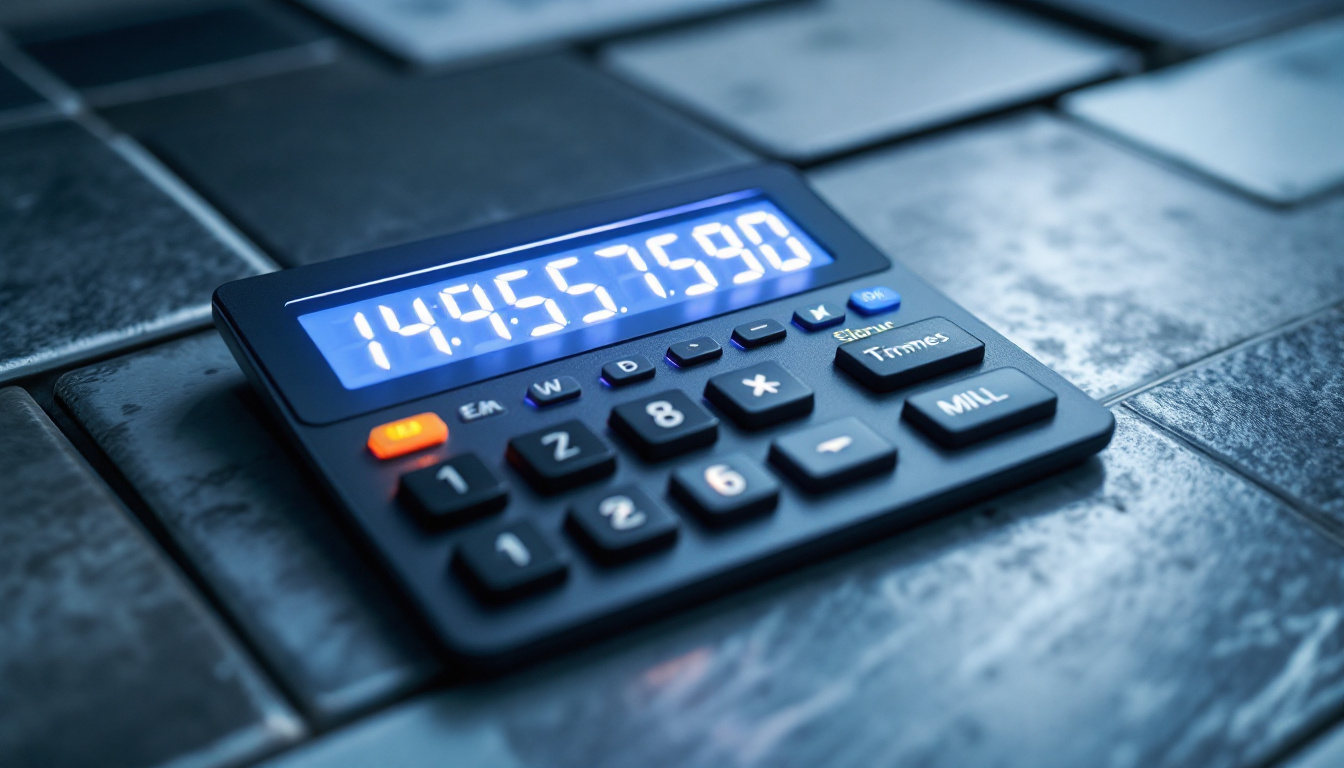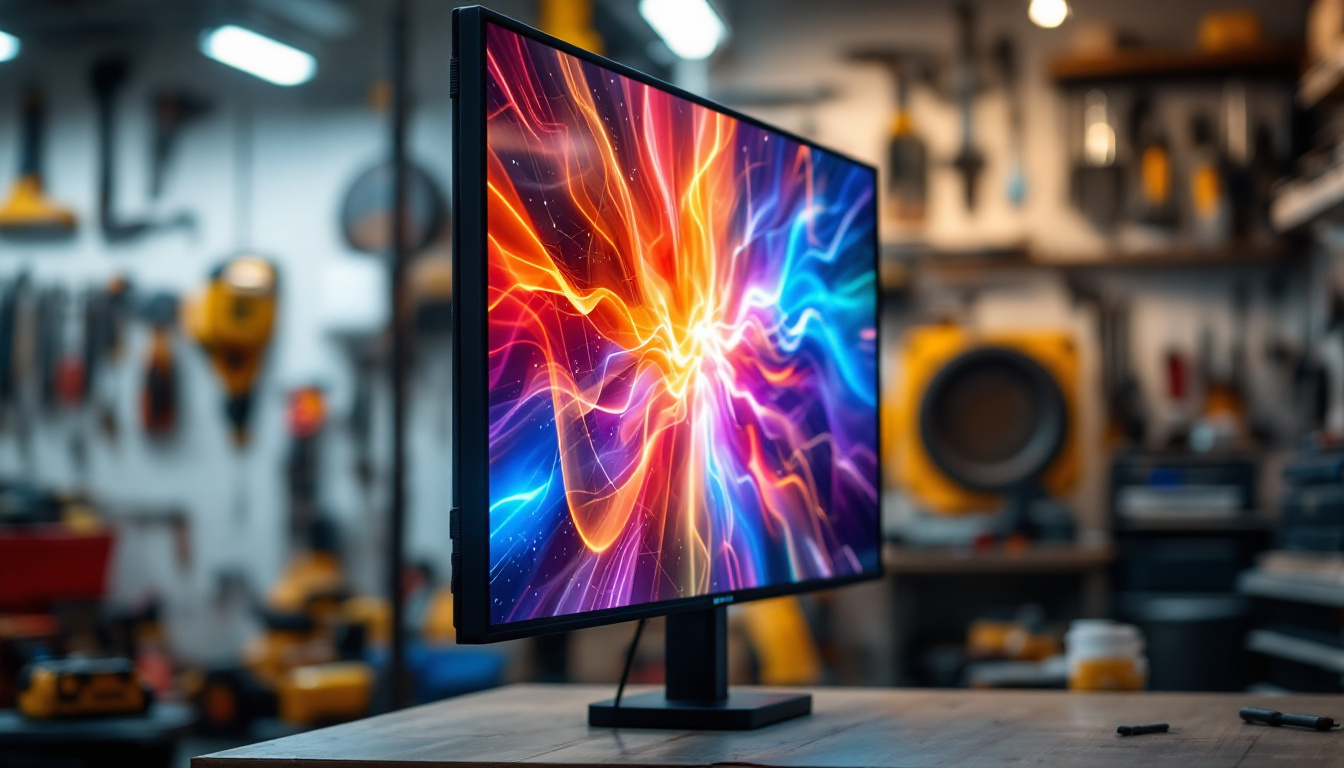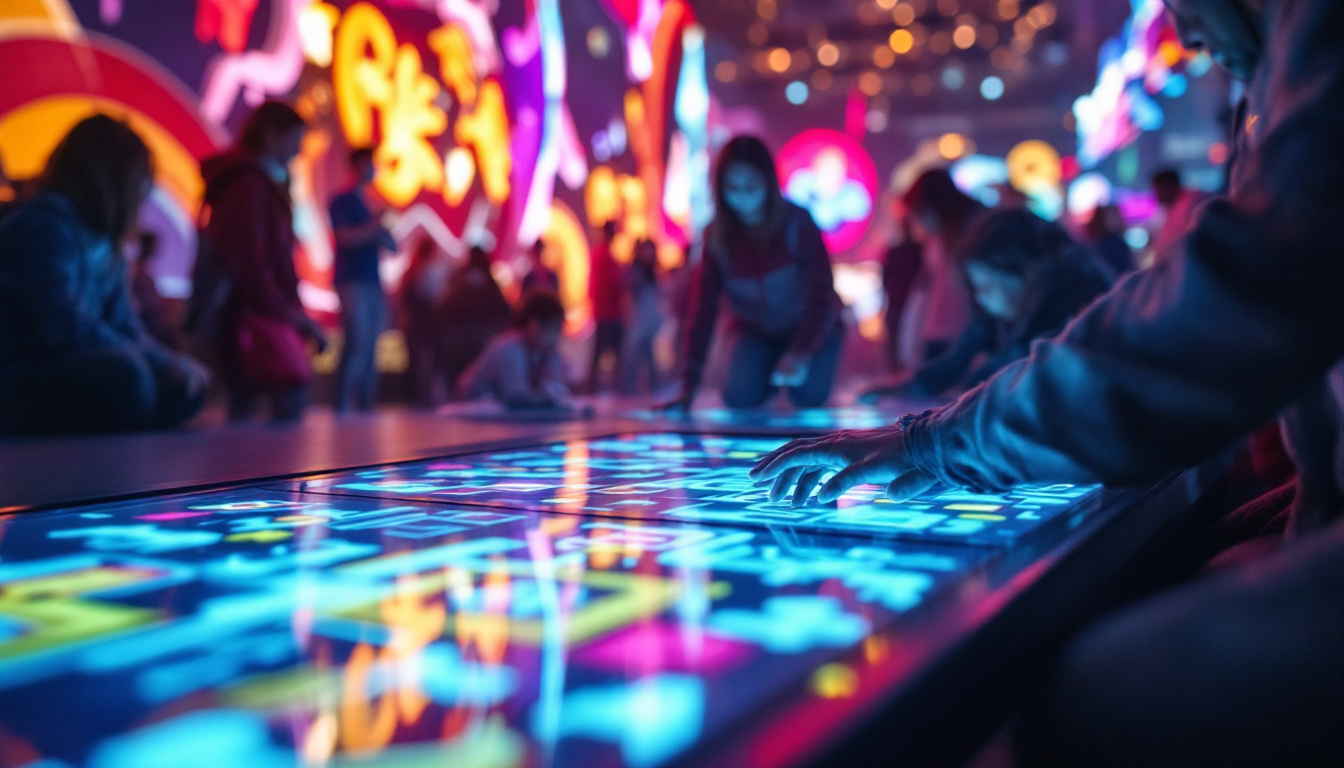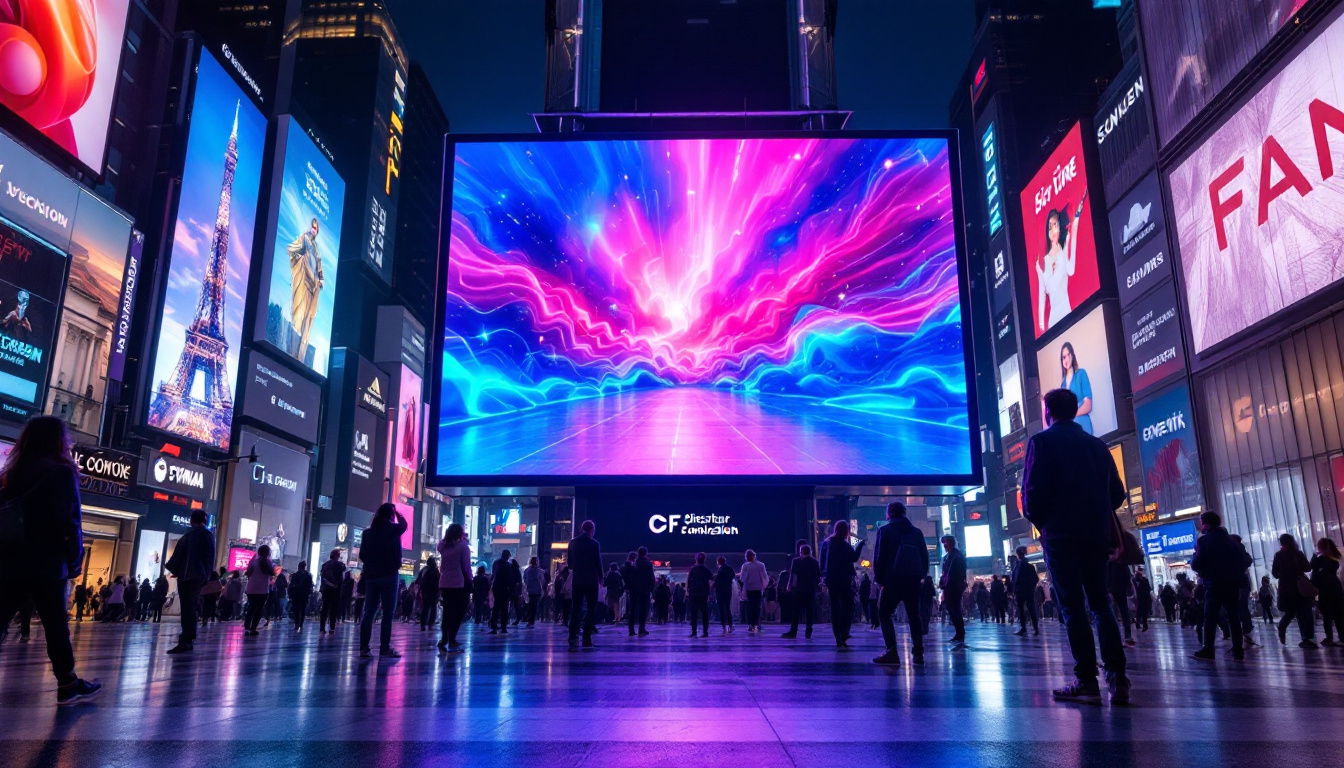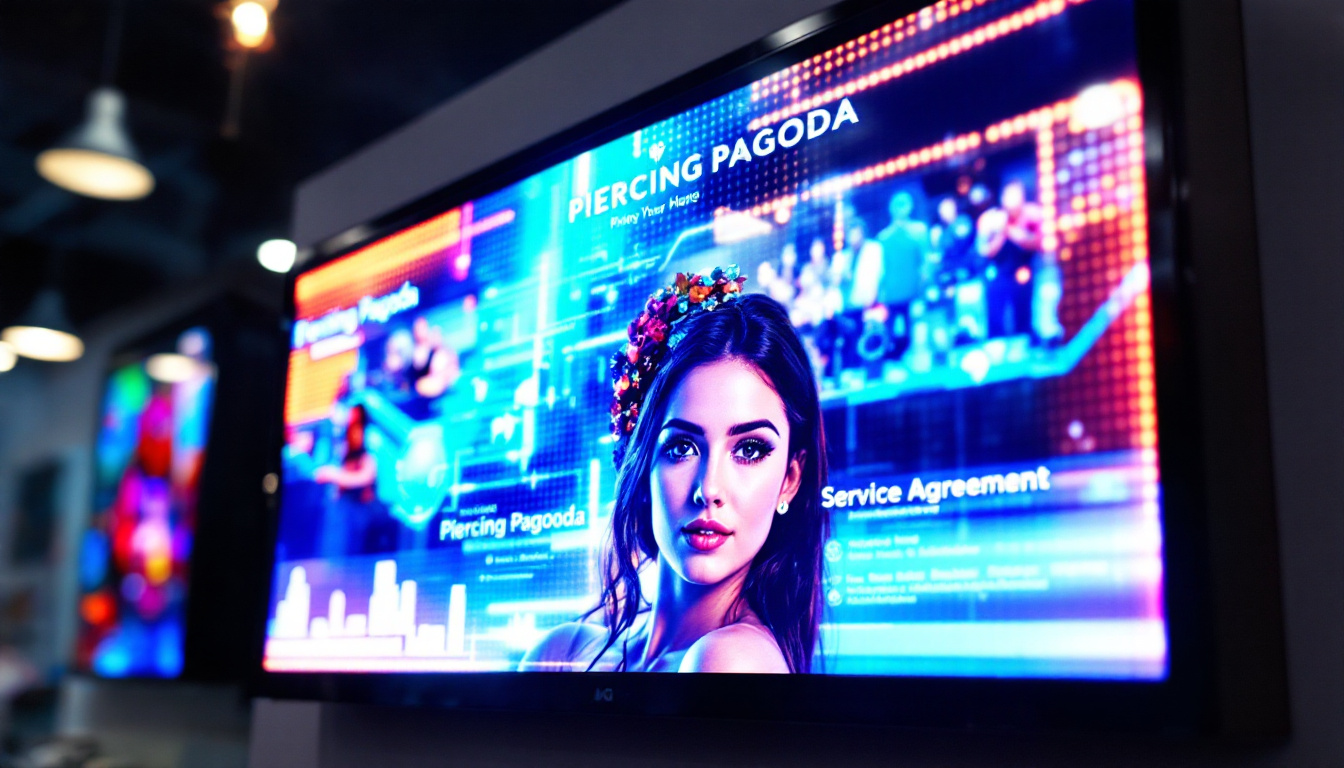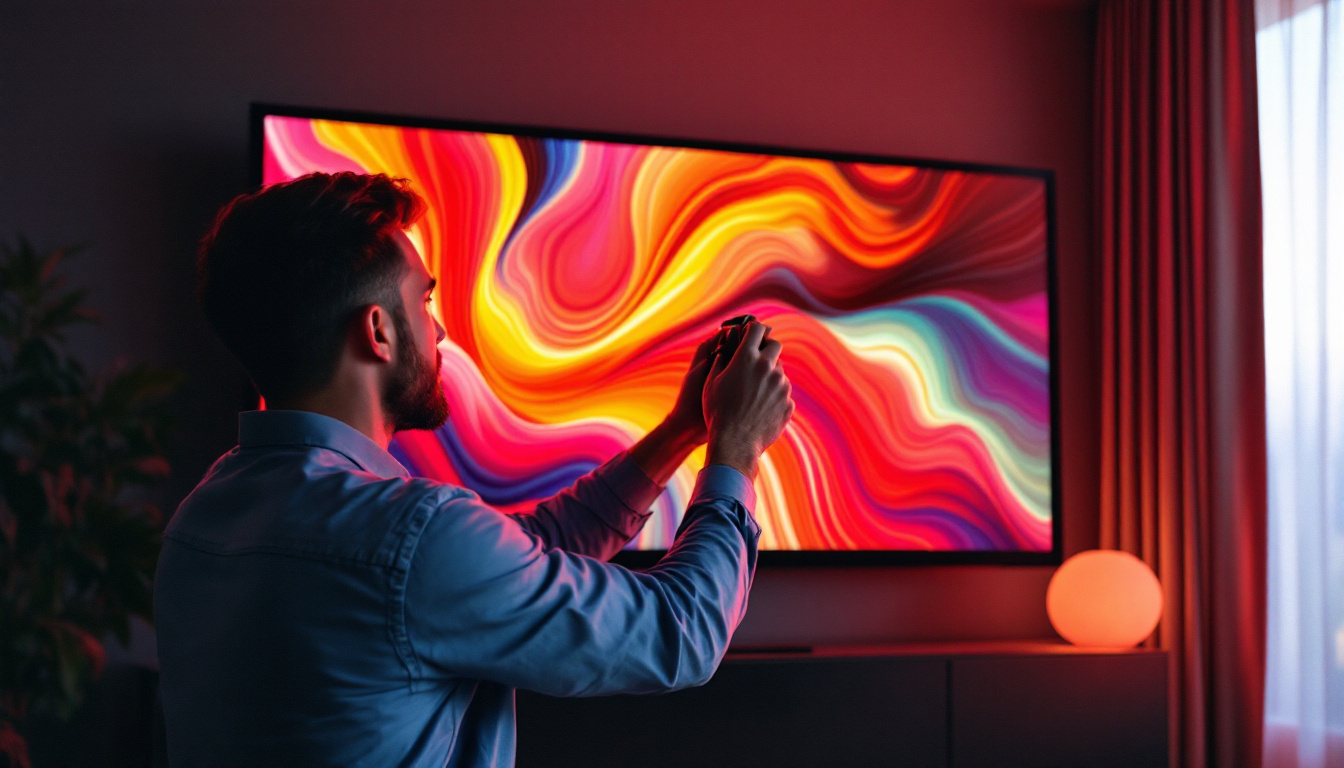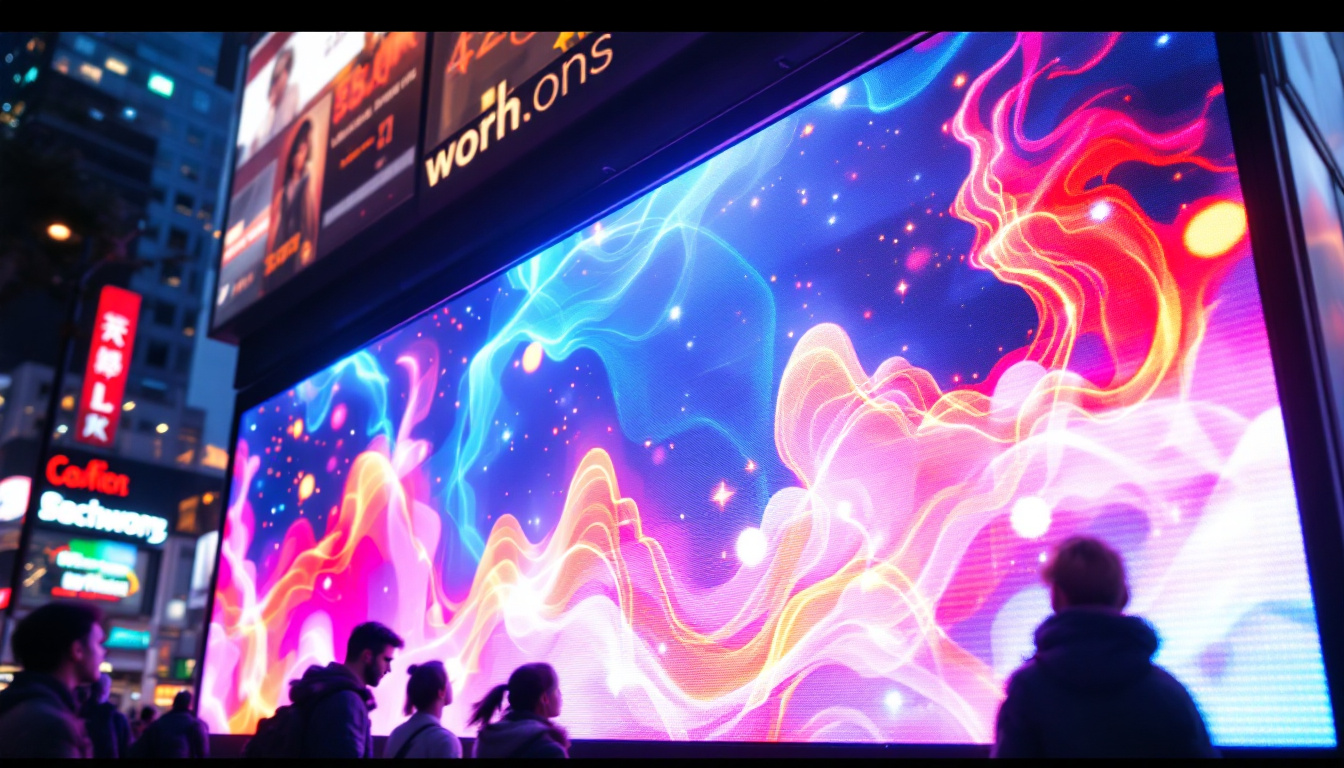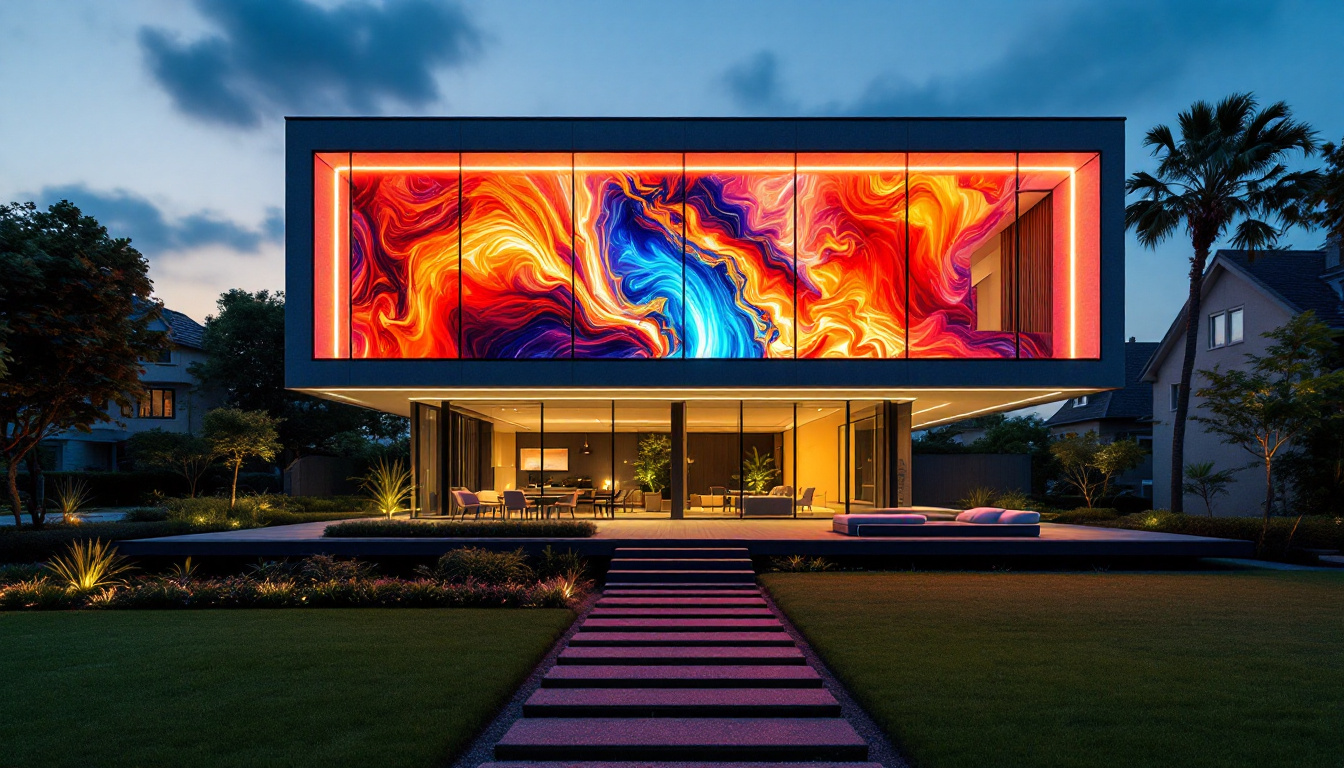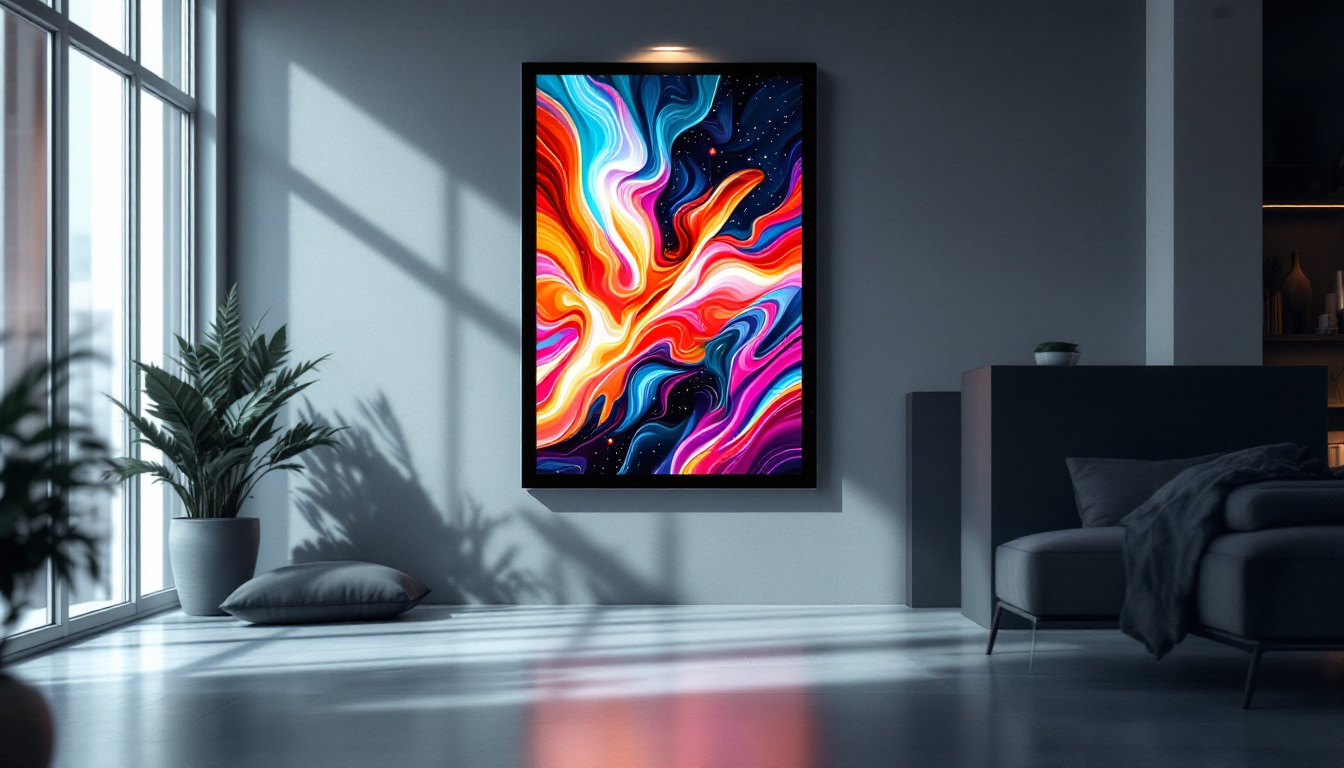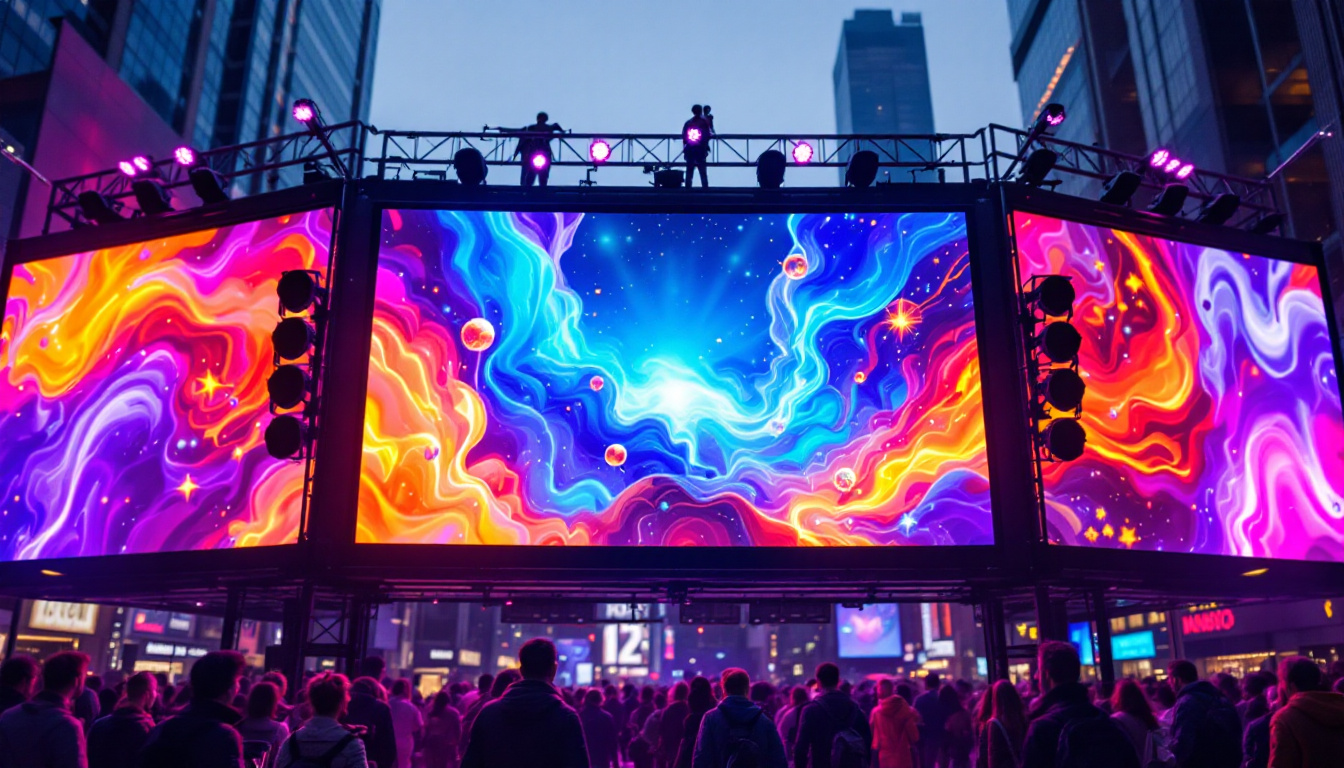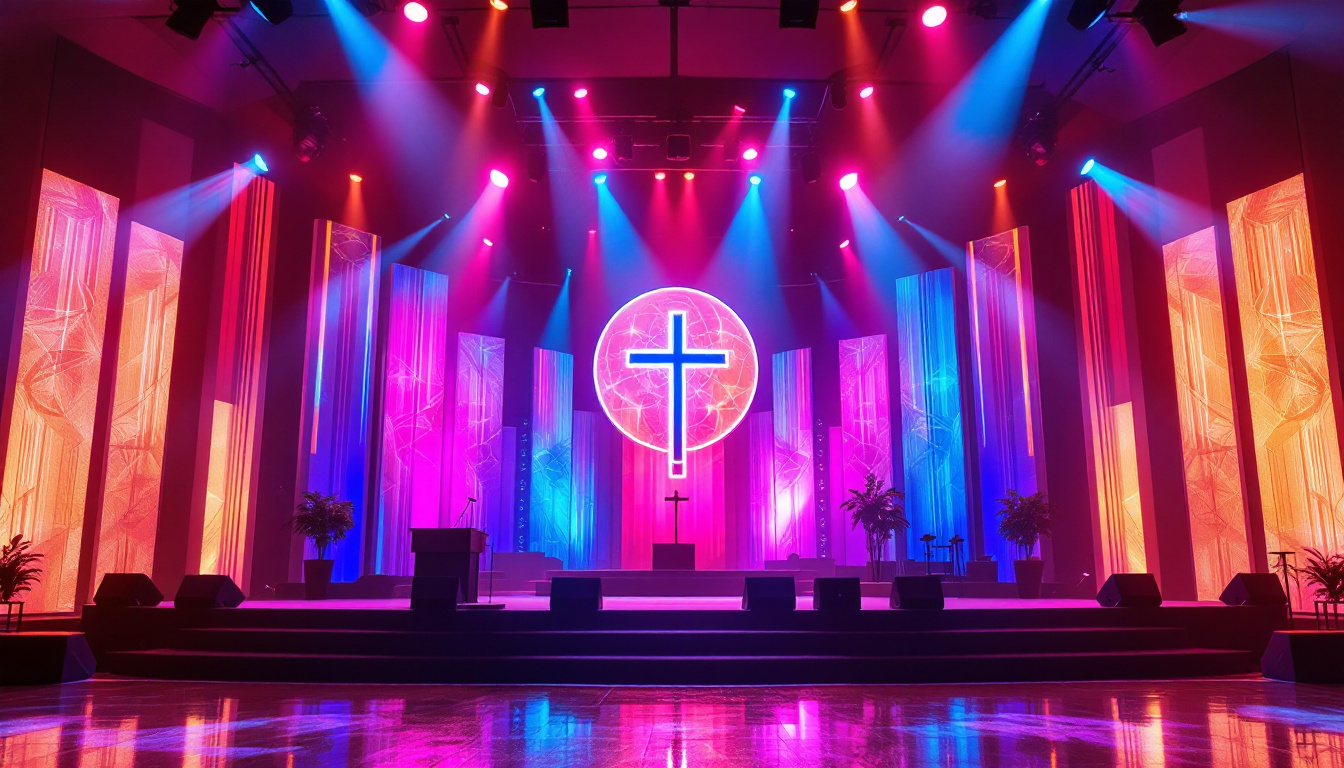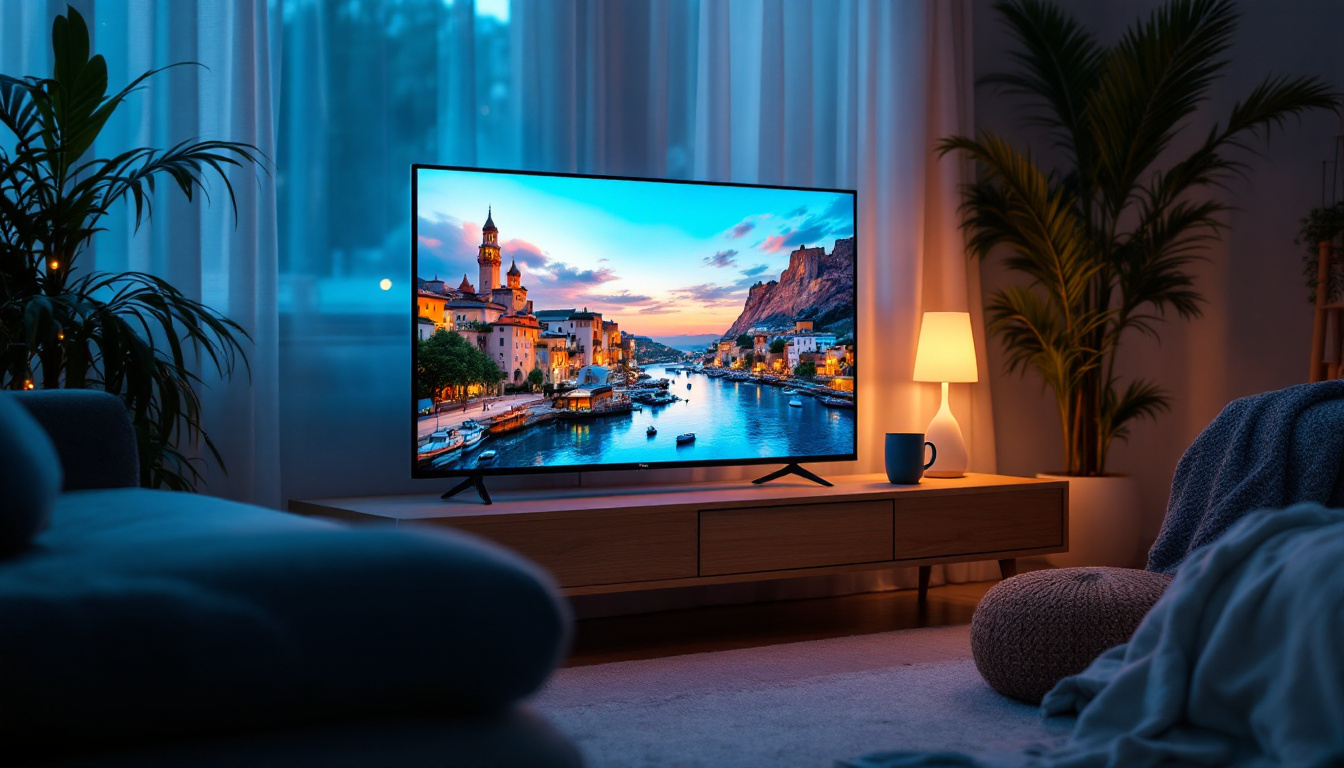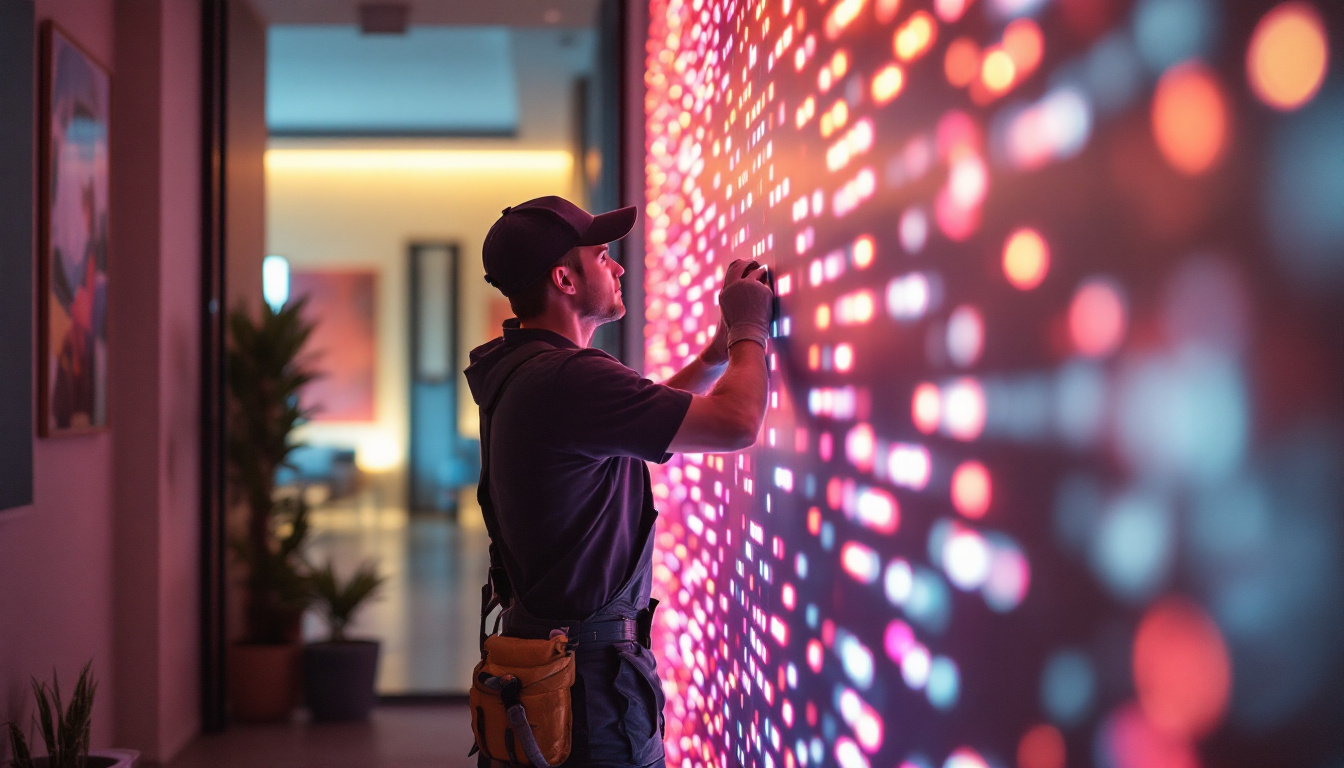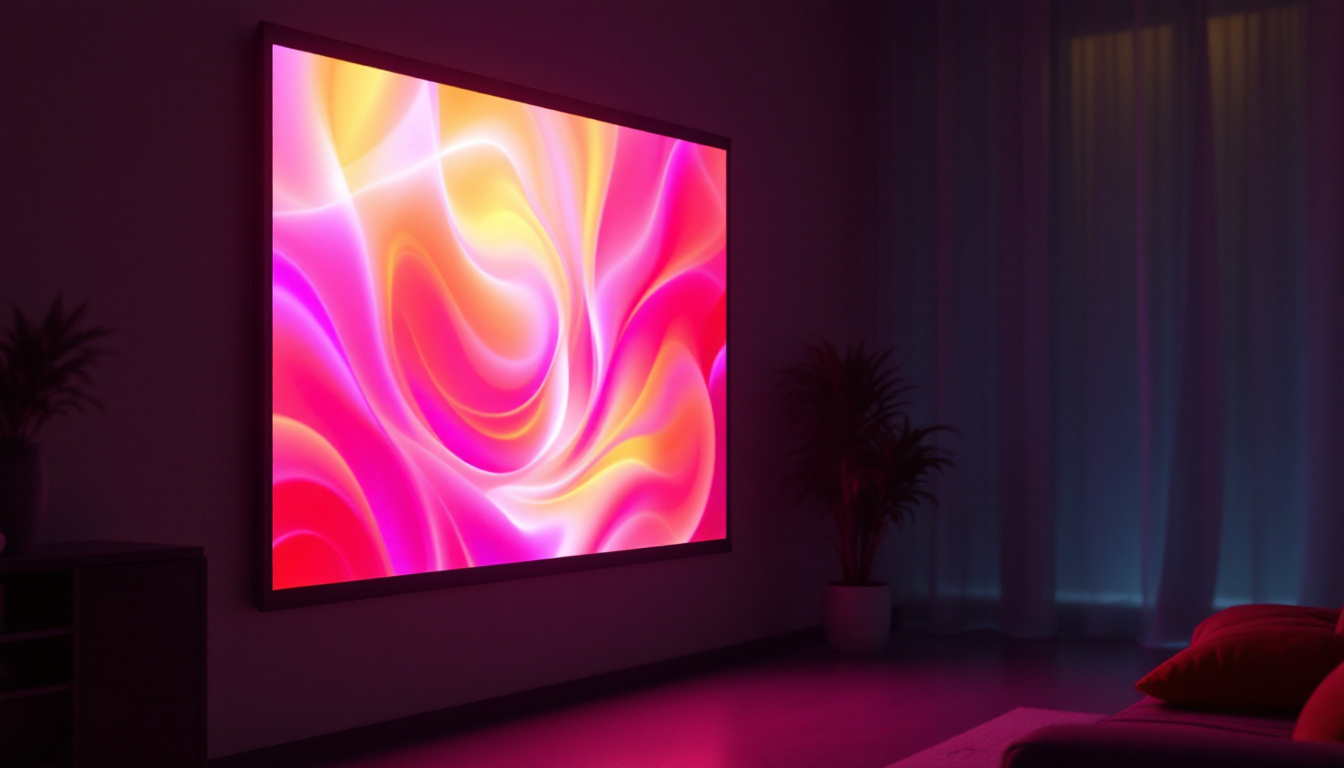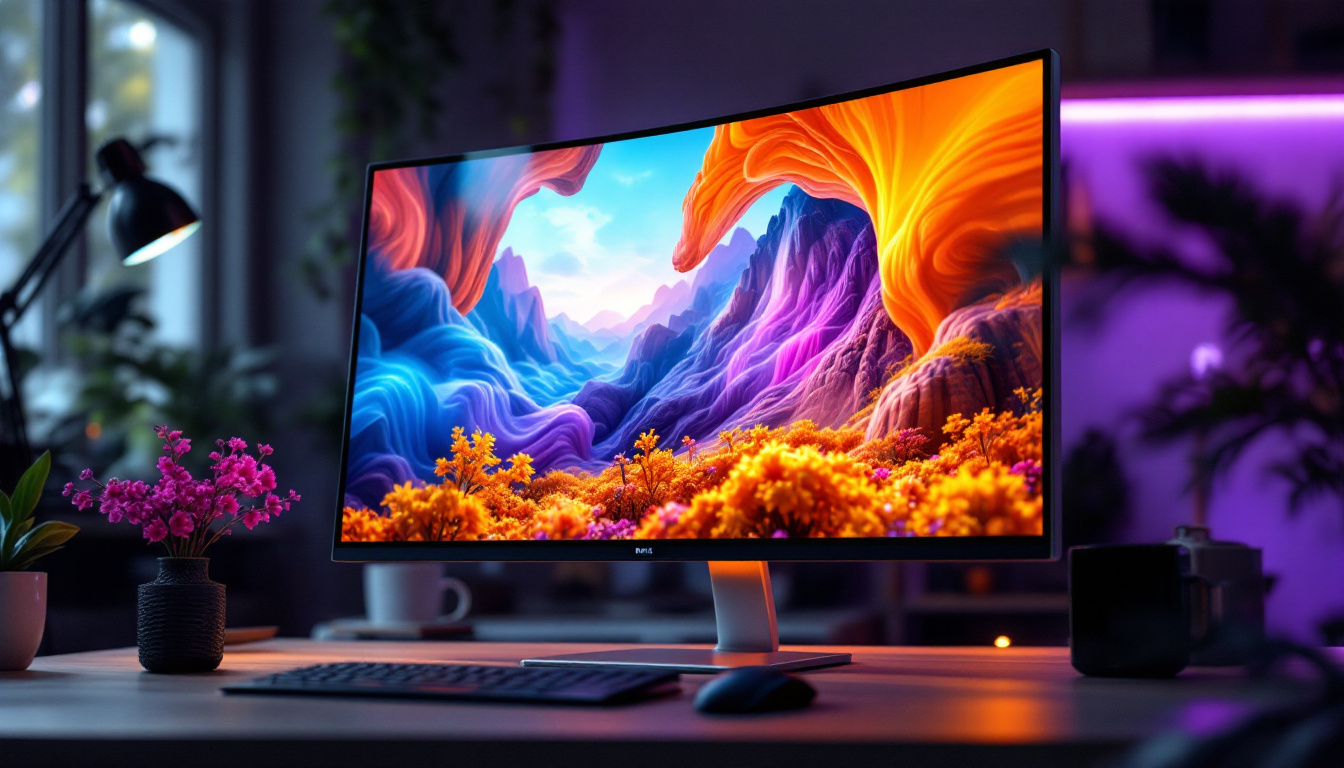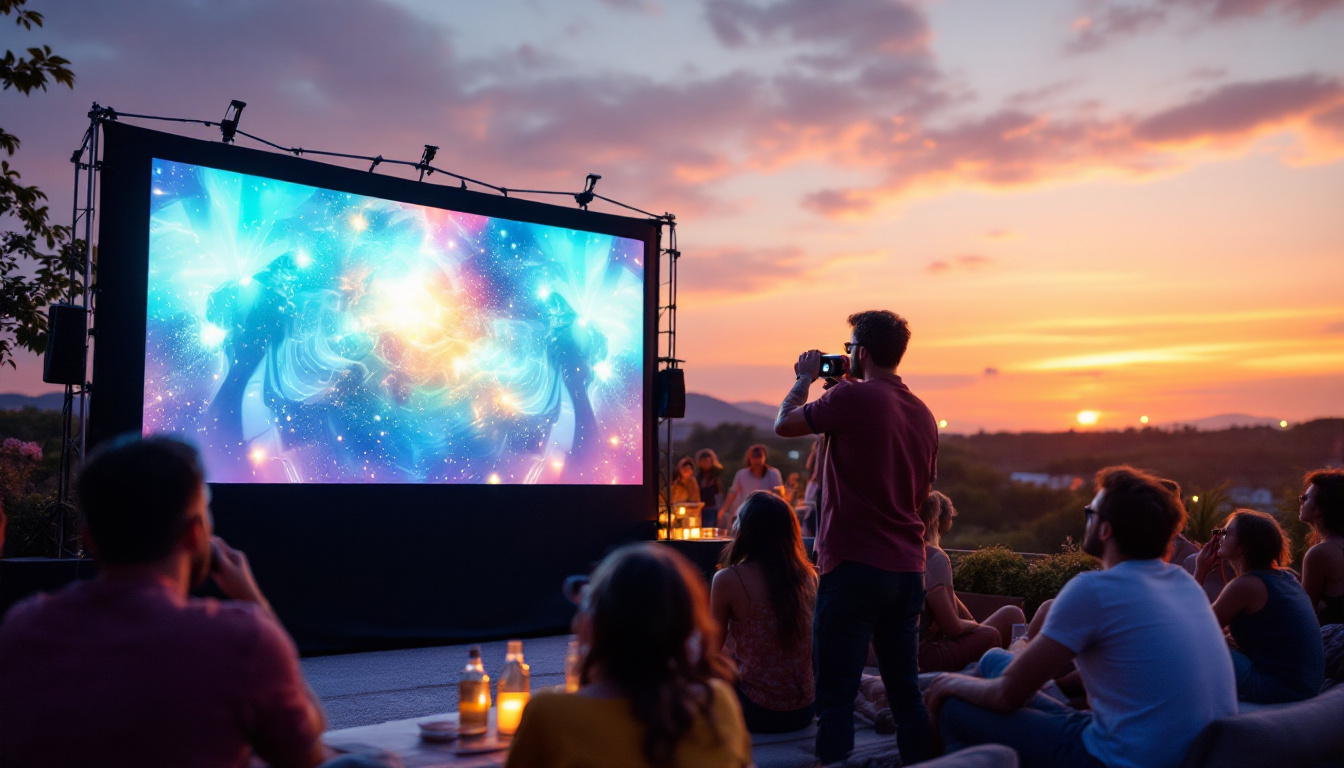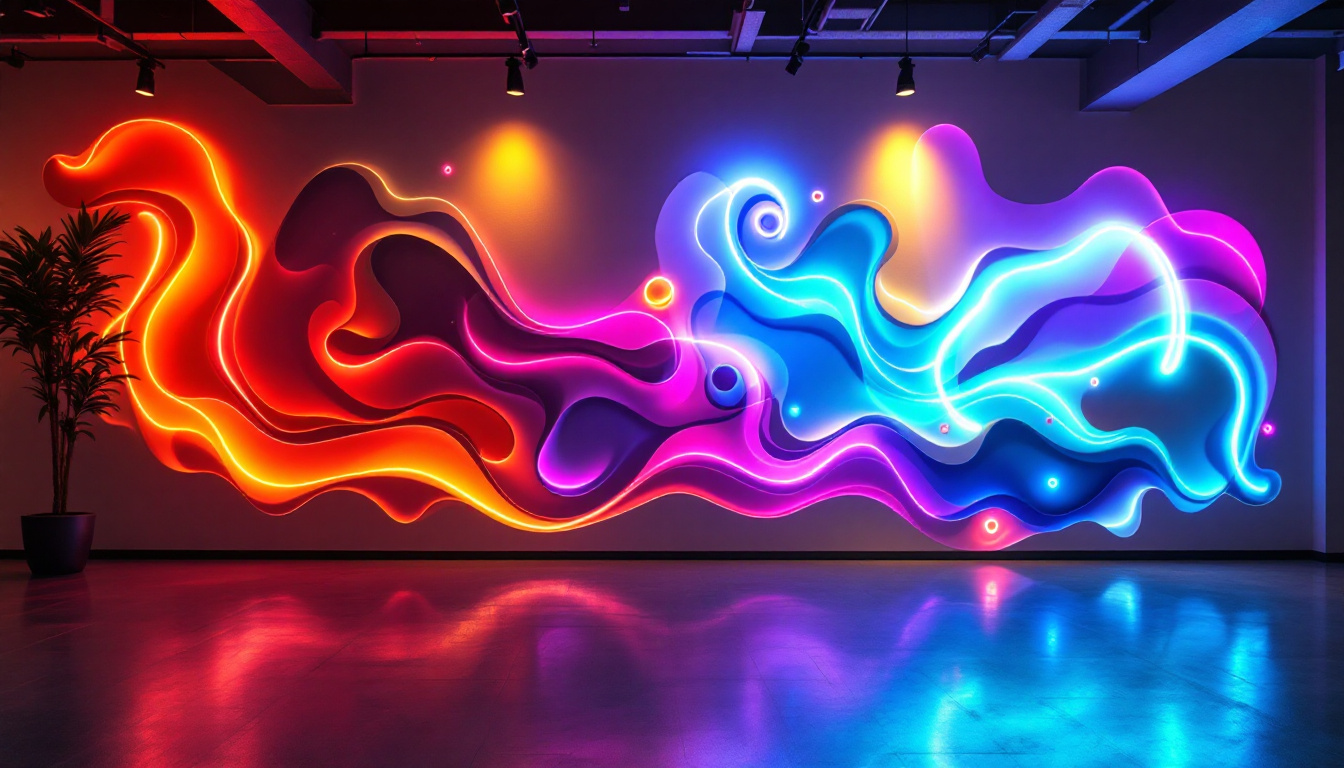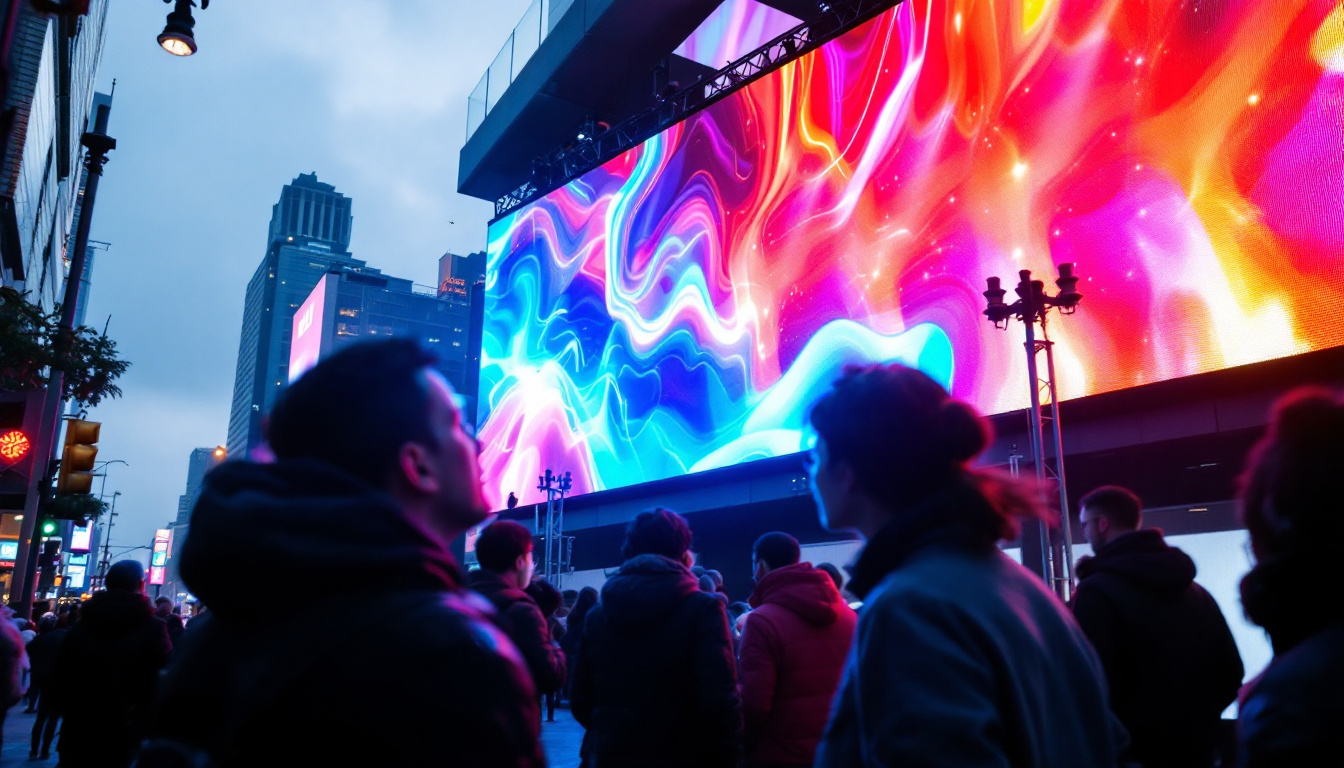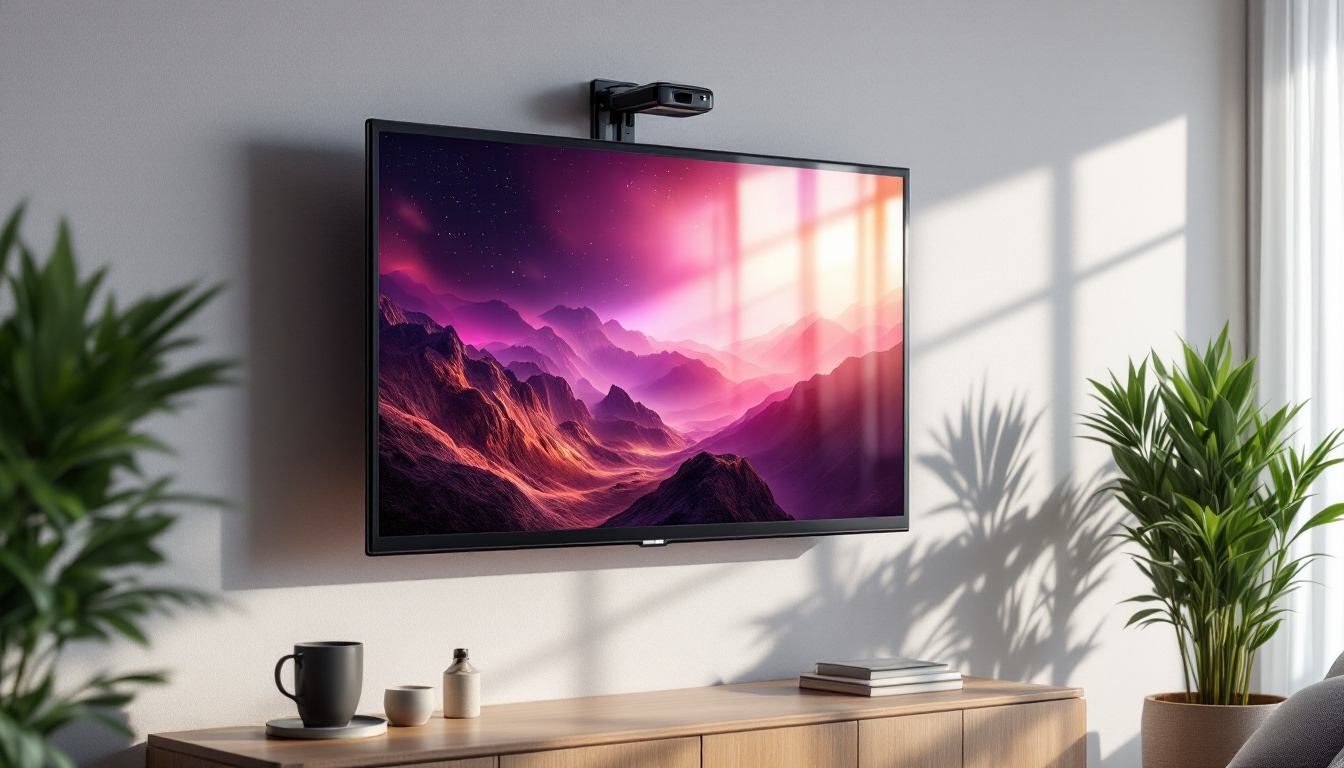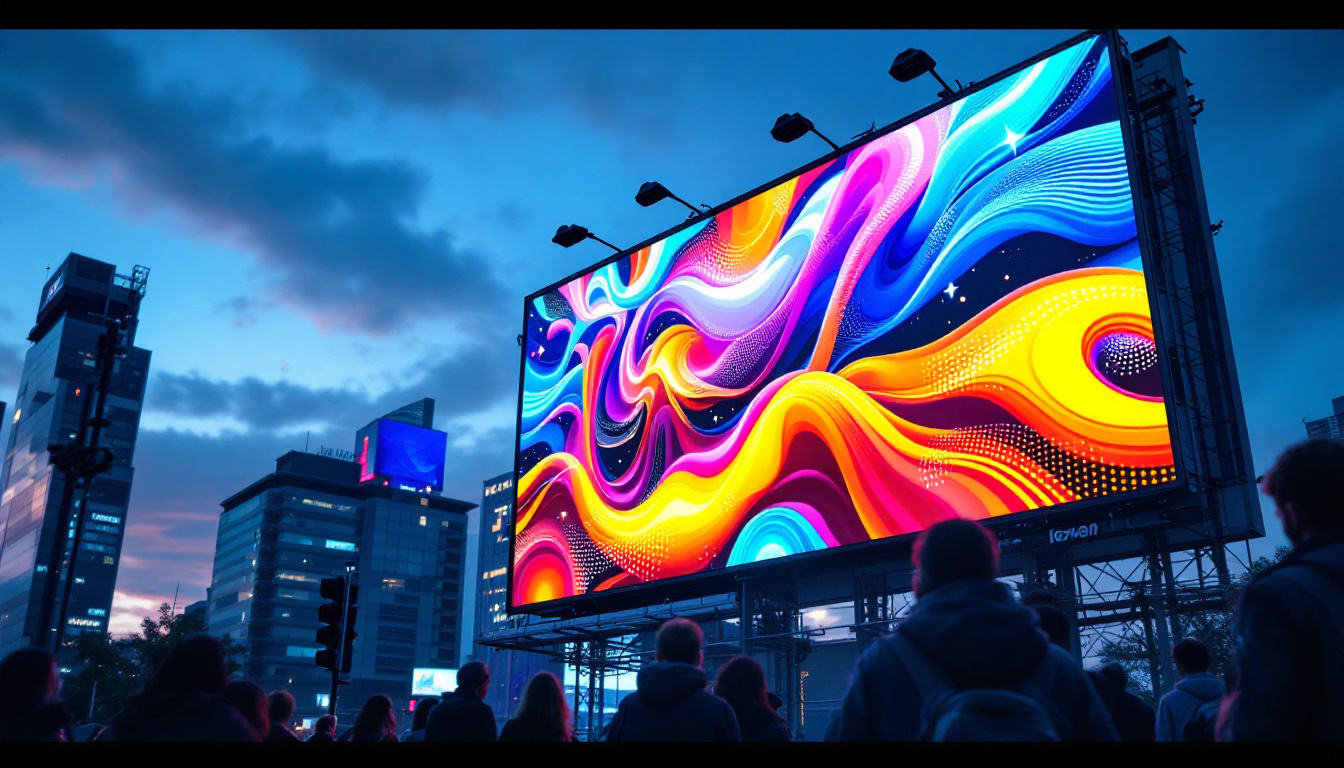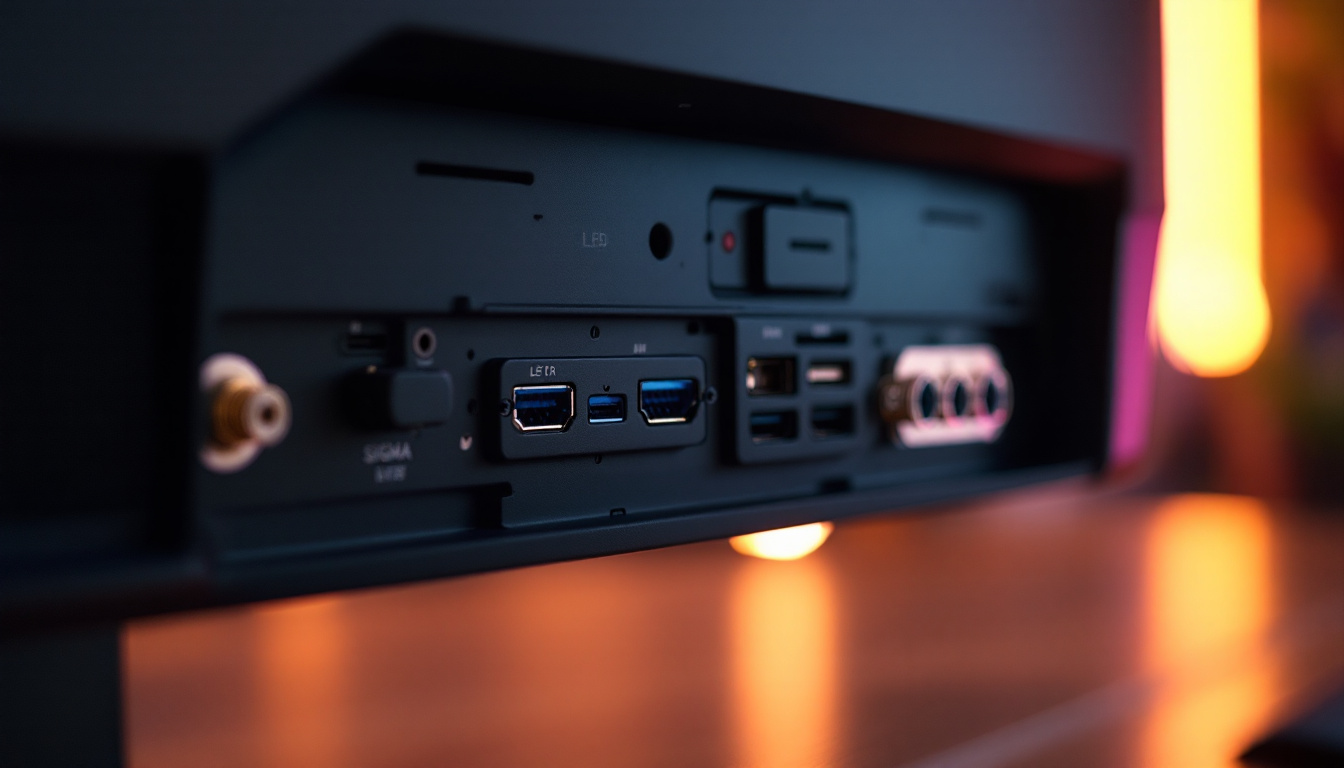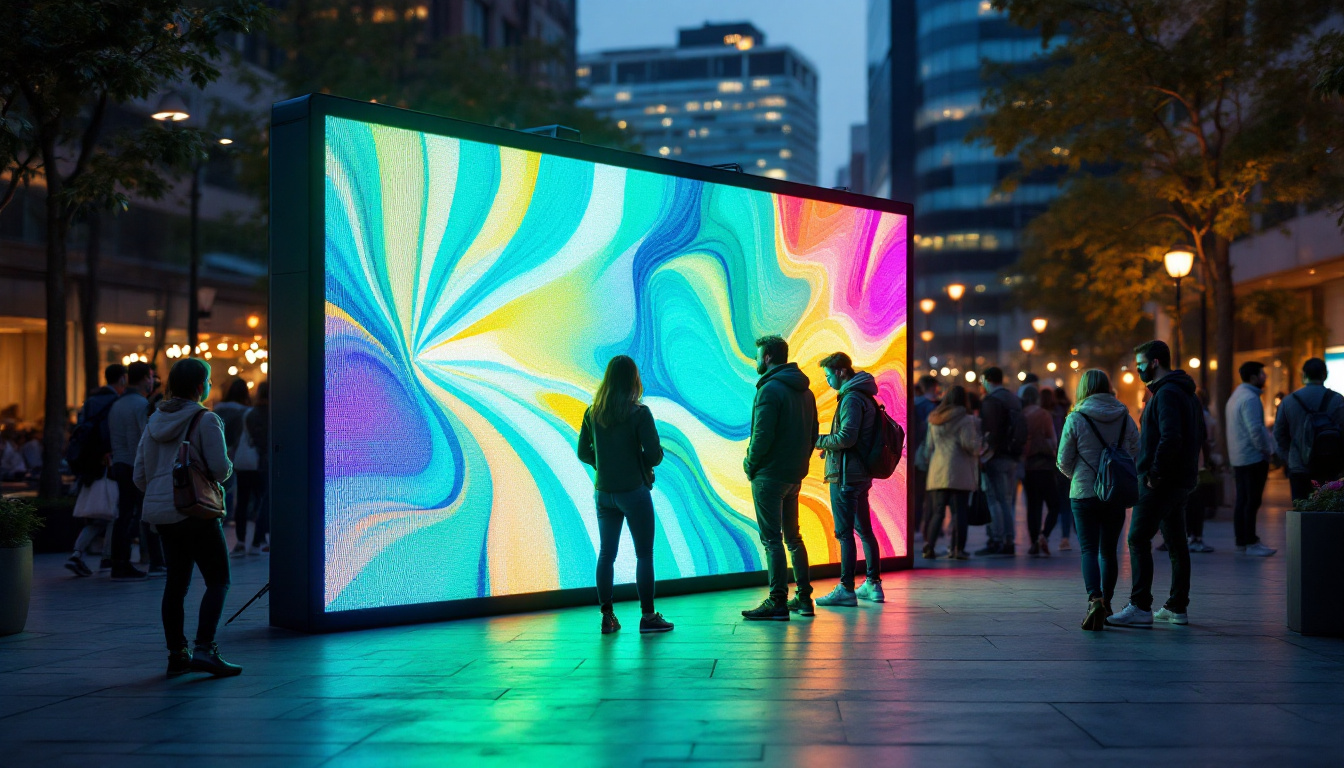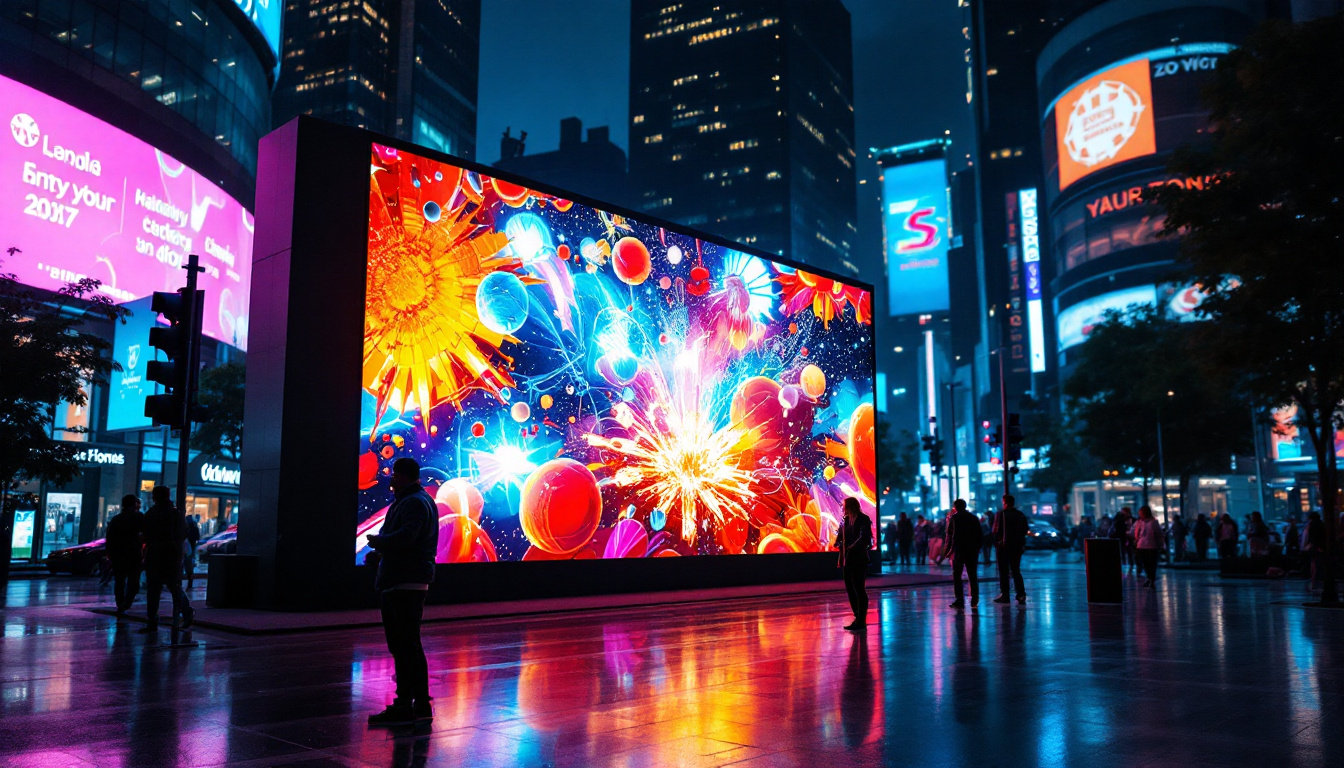In the ever-evolving landscape of advertising, businesses are constantly seeking innovative ways to capture the attention of potential customers. One of the most dynamic and effective methods currently available is rolling billboard advertising, particularly through the use of LED displays. This article delves into the intricacies of rolling billboard advertising, exploring the technology behind LED displays, their benefits, and how they can transform marketing strategies.
Understanding Rolling Billboard Advertising
Rolling billboard advertising involves the use of mobile vehicles equipped with large advertising displays that travel through high-traffic areas. Unlike traditional static billboards, these mobile platforms offer a dynamic way to reach a broader audience. The integration of LED technology has revolutionized this form of advertising, making it more engaging and effective.
The Concept of Mobility
The primary advantage of rolling billboards lies in their mobility. By moving through various locations, these advertisements can reach diverse demographics and geographic areas. This flexibility allows businesses to target specific audiences based on time and location, maximizing exposure.
Moreover, the ability to change advertisements on the fly means that businesses can tailor their messages to current events, promotions, or seasonal campaigns. This adaptability is a significant advantage over traditional static billboards, which require time and resources to update. For instance, a local restaurant can promote a special event or a limited-time offer that coincides with a nearby festival, ensuring that their message reaches potential customers at the right moment.
Technological Advancements in LED Displays
LED (Light Emitting Diode) technology has transformed the advertising landscape by providing vibrant, high-resolution displays that can be seen clearly even in bright sunlight. The brightness and clarity of LED screens make them highly effective for capturing attention, especially in crowded urban environments.
Additionally, LED displays can showcase dynamic content, including animations, videos, and real-time updates. This capability allows advertisers to create more engaging and interactive experiences for viewers, enhancing brand recall and engagement. The use of advanced software also enables advertisers to analyze viewer engagement metrics, allowing them to refine their strategies and optimize their campaigns based on real-time data. Furthermore, the environmental impact of LED technology is worth noting; these displays consume less power compared to traditional lighting solutions, making them a more sustainable option for advertisers looking to reduce their carbon footprint.
Benefits of LED Rolling Billboards
Utilizing LED rolling billboards offers numerous advantages that can significantly impact a business’s advertising strategy. From enhanced visibility to cost-effectiveness, these benefits make them an attractive option for marketers.
Enhanced Visibility and Engagement
The brightness and clarity of LED displays ensure that advertisements are visible from a distance, even in challenging lighting conditions. This enhanced visibility translates to higher engagement rates, as potential customers are more likely to notice and remember the advertisements they see.
Moreover, the dynamic nature of LED content allows for creative storytelling. Advertisers can use animations and videos to convey messages more effectively than static images, leading to increased viewer interest and interaction. This capability not only captivates audiences but also allows brands to showcase their personality and values through engaging narratives, making the advertisements more relatable and memorable.
Cost-Effectiveness and Flexibility
While the initial investment in LED technology may be higher than traditional billboard options, the long-term cost-effectiveness is noteworthy. Rolling billboards can be used for multiple campaigns without the need for physical changes to the display, reducing production costs over time.
Furthermore, the flexibility of rolling billboards allows advertisers to adjust their campaigns based on real-time data. For instance, if a particular ad is performing exceptionally well, it can be prioritized in the rotation, ensuring that marketing budgets are used efficiently. This adaptability not only maximizes the return on investment but also empowers businesses to respond swiftly to market trends and consumer preferences, keeping their messaging relevant and timely.
Targeted Advertising Opportunities
Rolling billboards can be strategically routed to pass through specific neighborhoods, events, or gatherings, allowing businesses to target their desired audience effectively. This targeted approach can lead to higher conversion rates, as the advertisements reach individuals who are more likely to be interested in the product or service being offered.
Additionally, data analytics can be employed to track the effectiveness of different routes and times, enabling advertisers to refine their strategies continually. This data-driven approach ensures that marketing efforts are not only creative but also grounded in measurable results. By analyzing foot traffic patterns and demographic information, businesses can tailor their messages to resonate with the local community, fostering a sense of connection and loyalty that traditional advertising methods often lack.
Moreover, the ability to customize messages for different audiences enhances the relevance of the advertisements. For example, a local restaurant could showcase a special offer when passing through a busy shopping district, while a tech company might promote a new gadget at a tech convention. This level of personalization not only increases the likelihood of engagement but also reinforces the brand’s commitment to understanding and serving its customers’ needs.
Challenges and Considerations
Despite the numerous advantages of rolling billboard advertising with LED displays, there are challenges and considerations that businesses must keep in mind. Understanding these factors can help marketers make informed decisions about their advertising strategies.
Regulatory Compliance
One of the primary challenges of rolling billboard advertising is navigating the various regulations that govern outdoor advertising. Different cities and states have specific laws regarding the size, placement, and content of advertisements, which can impact the effectiveness of a campaign.
Marketers must ensure that their rolling billboards comply with local regulations to avoid fines or the removal of their advertisements. This often requires thorough research and potentially working with legal experts to ensure compliance. Furthermore, as regulations can change frequently, staying updated on the latest laws is crucial. This may involve subscribing to industry newsletters or joining professional associations that provide insights into the evolving landscape of outdoor advertising regulations.
Logistical Challenges
Managing a fleet of vehicles for rolling billboard advertising can present logistical challenges. From route planning to vehicle maintenance, businesses must consider the operational aspects of running a mobile advertising campaign.
Additionally, coordinating the timing of advertisements to coincide with peak traffic periods or special events requires careful planning. Failure to execute these logistics effectively can diminish the impact of the campaign. For instance, if a rolling billboard is deployed during a major local event, it can capture the attention of thousands of potential customers, but if the vehicle is stuck in traffic or unable to access key areas, the opportunity may be lost. Moreover, ensuring that the LED displays are functioning properly and are adequately powered throughout the campaign adds another layer of complexity, necessitating regular checks and maintenance schedules to avoid downtime.
Case Studies: Successful Rolling Billboard Campaigns
Examining successful rolling billboard campaigns can provide valuable insights into effective strategies and best practices. Here are a few notable examples that highlight the potential of LED displays in mobile advertising.
Local Restaurant Promotion
A local restaurant sought to increase awareness of its new menu items. By utilizing a rolling billboard with an LED display, the restaurant showcased mouth-watering images and videos of its dishes as the vehicle drove through busy neighborhoods during lunchtime.
The campaign generated significant buzz, leading to a marked increase in foot traffic and sales. The restaurant was able to adapt its messaging based on customer feedback, further enhancing the campaign’s effectiveness.
Event Sponsorship
For a major music festival, a beverage company utilized rolling billboards to promote its brand. The LED displays featured live updates, including artist line-ups and event schedules, creating a sense of excitement among festival-goers.
This interactive approach not only increased brand visibility but also fostered a connection with the audience, resulting in higher sales of the sponsored beverages during the event.
Future Trends in Rolling Billboard Advertising
As technology continues to advance, the future of rolling billboard advertising looks promising. Emerging trends are likely to shape how businesses utilize this medium to connect with consumers.
Integration of Augmented Reality
One of the most exciting developments in advertising technology is the integration of augmented reality (AR) with LED displays. By incorporating AR elements, businesses can create immersive experiences that engage viewers in new and innovative ways.
For example, a rolling billboard could allow passersby to interact with the advertisement through their smartphones, unlocking exclusive content or promotions. This level of engagement can significantly enhance brand loyalty and customer retention.
Data-Driven Advertising
As data analytics tools become more sophisticated, rolling billboard advertising will increasingly rely on data-driven strategies. Marketers will be able to analyze viewer demographics, engagement rates, and conversion metrics to optimize their campaigns continually.
This data-centric approach will enable businesses to make informed decisions about where and when to deploy their rolling billboards, maximizing their return on investment.
Conclusion
Rolling billboard advertising with LED displays represents a powerful tool for businesses looking to enhance their marketing strategies. The combination of mobility, dynamic content, and targeted advertising opportunities offers a unique way to engage potential customers.
While challenges such as regulatory compliance and logistical considerations exist, the benefits of enhanced visibility, cost-effectiveness, and creative storytelling make rolling billboards an attractive option for advertisers. As technology continues to evolve, the future of rolling billboard advertising promises even more exciting possibilities, paving the way for innovative marketing solutions that resonate with consumers.
In a world where capturing attention is increasingly challenging, rolling billboard advertising stands out as a compelling option for brands seeking to make a lasting impression.
Illuminate Your Brand with LumenMatrix
Ready to elevate your advertising strategy with the power of LED technology? Discover how LumenMatrix can transform your brand’s visibility and audience engagement. As a pioneer in LED display innovation, LumenMatrix offers a comprehensive range of solutions, from Indoor and Outdoor LED Wall Displays to dynamic Vehicle LED Displays and beyond. Embrace the future of visual communication with our captivating LED Sports Displays, versatile Floor LED Displays, and the sleek transparency of LED Transparent Displays. Don’t just share your message—make it unforgettable. Check out LumenMatrix LED Display Solutions today and start creating advertising that truly shines.


